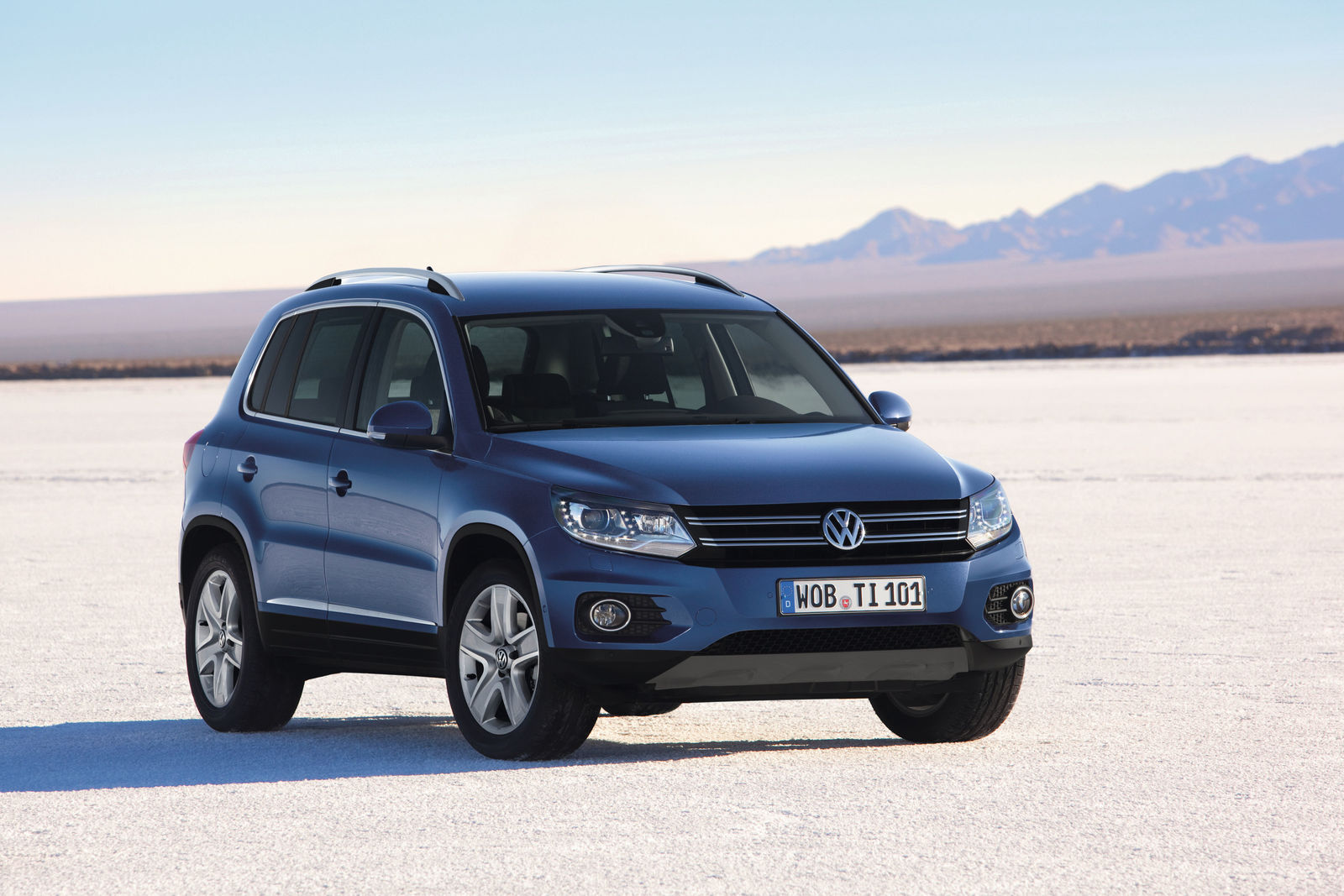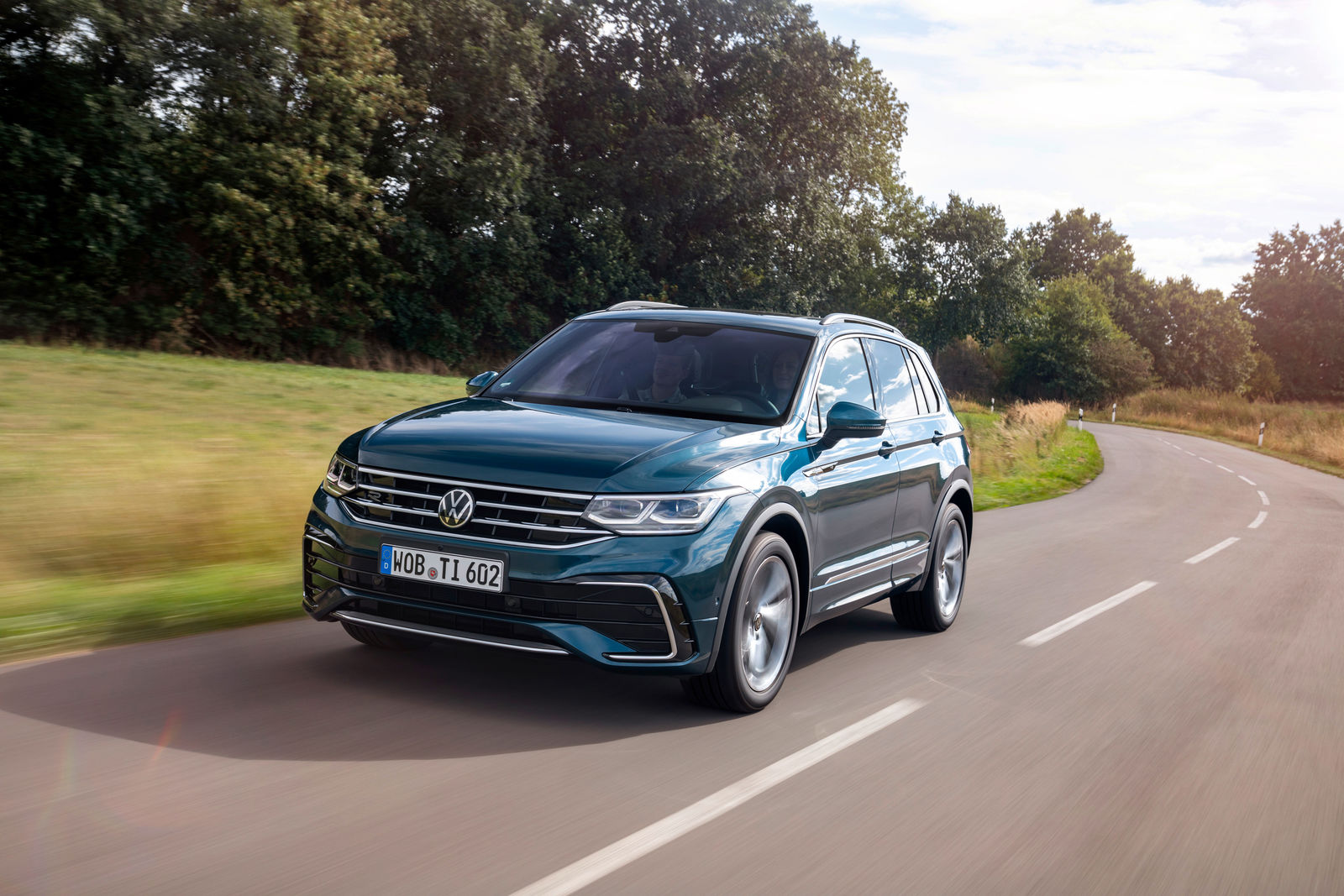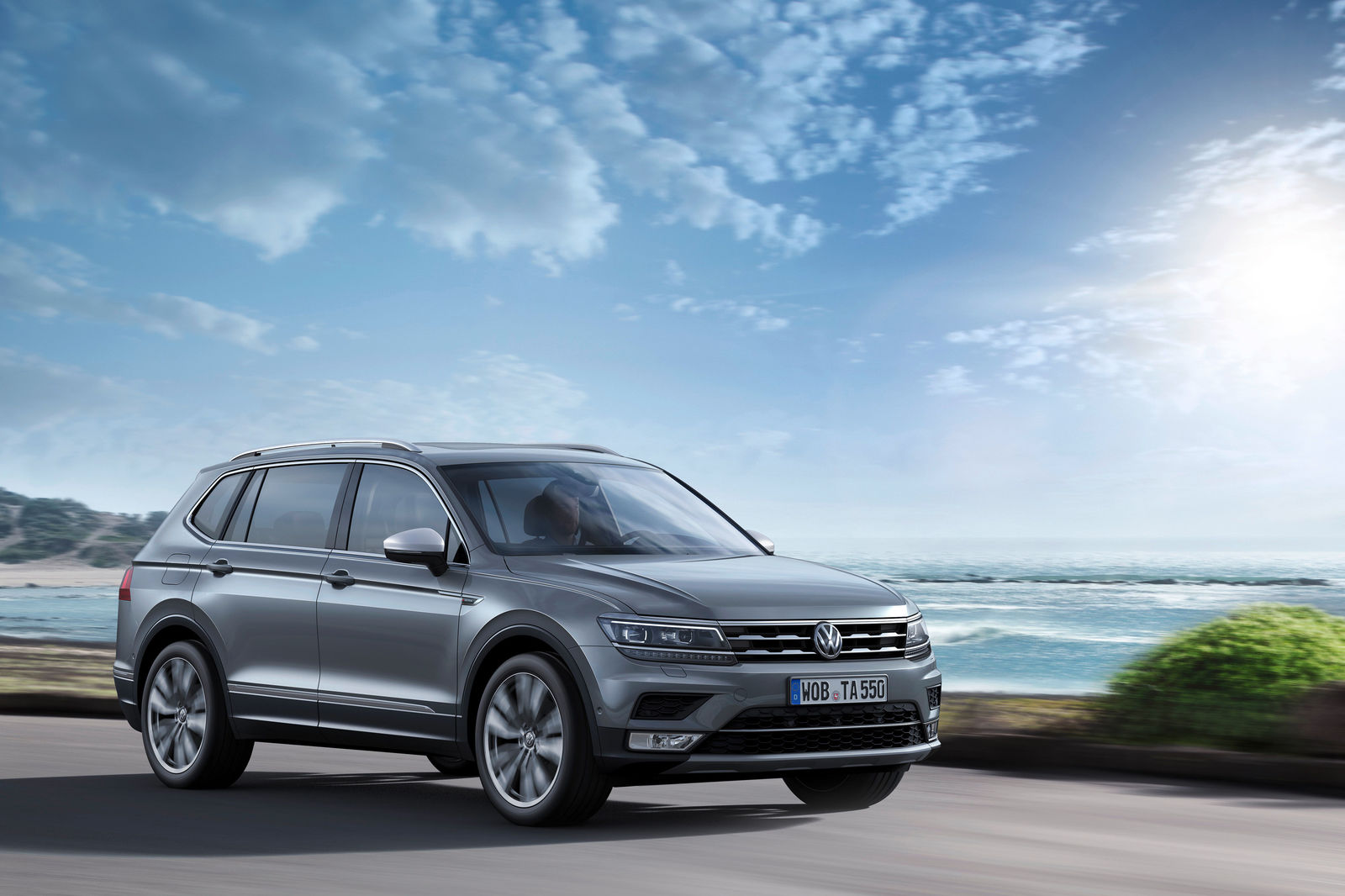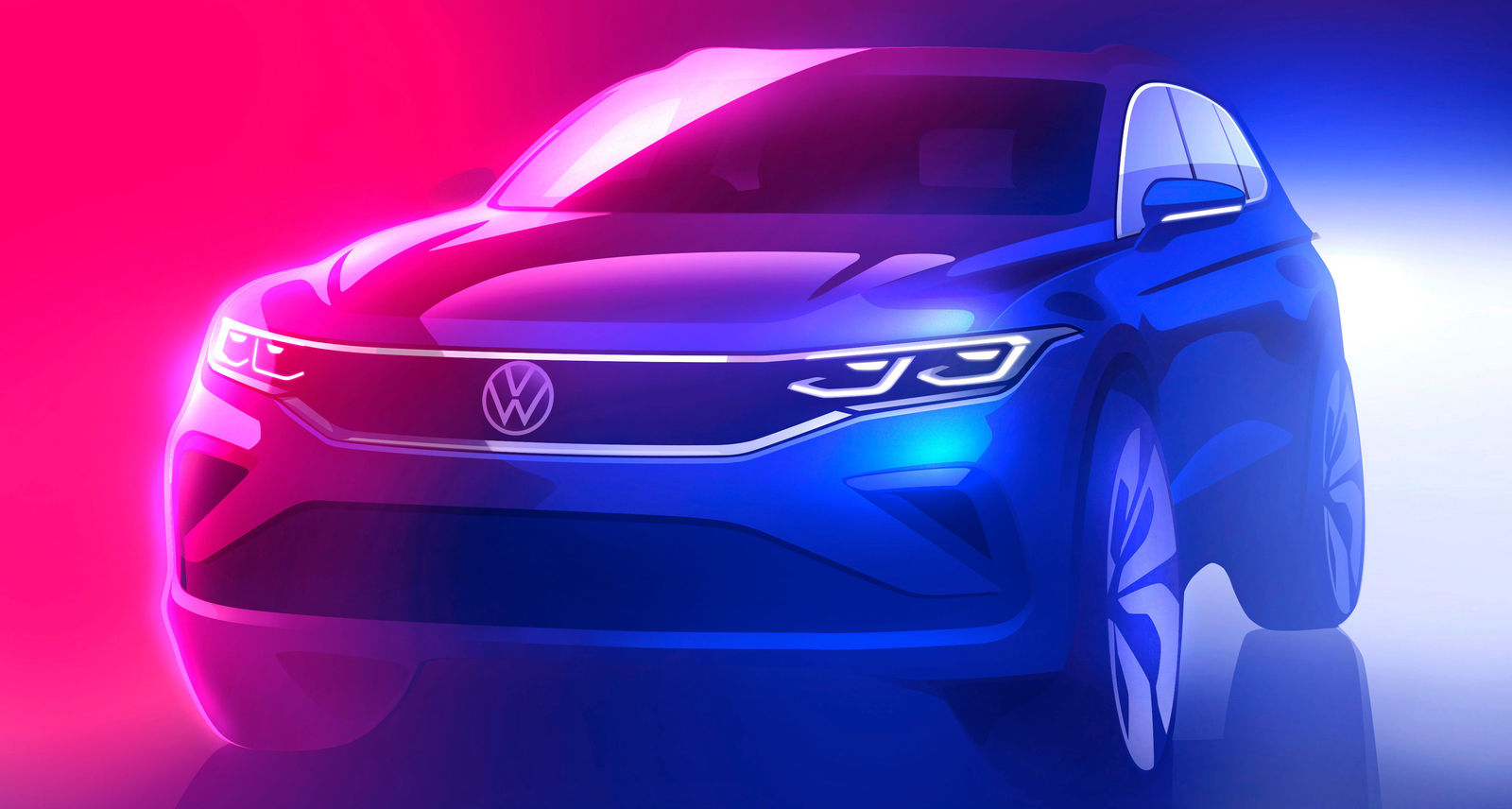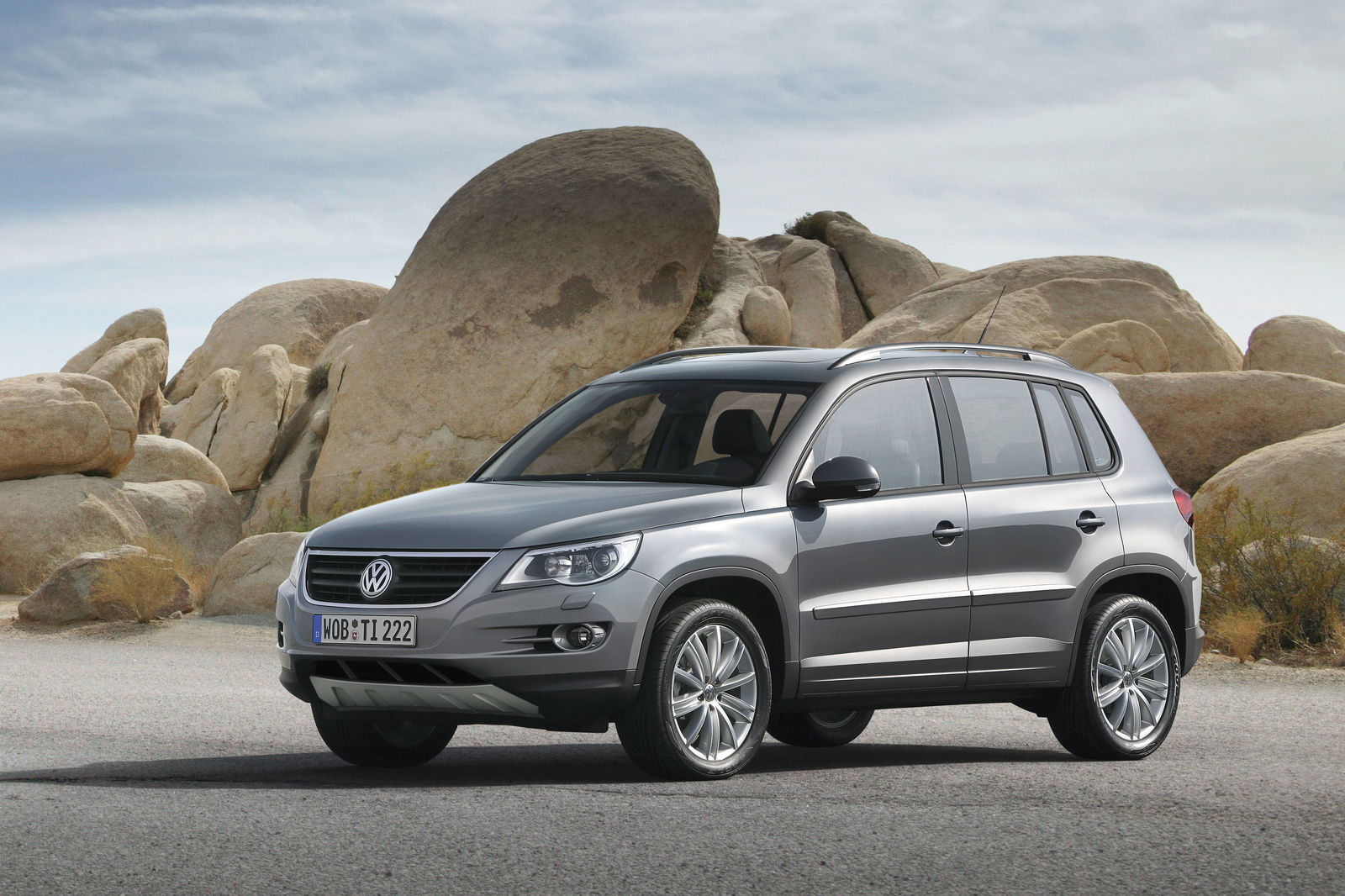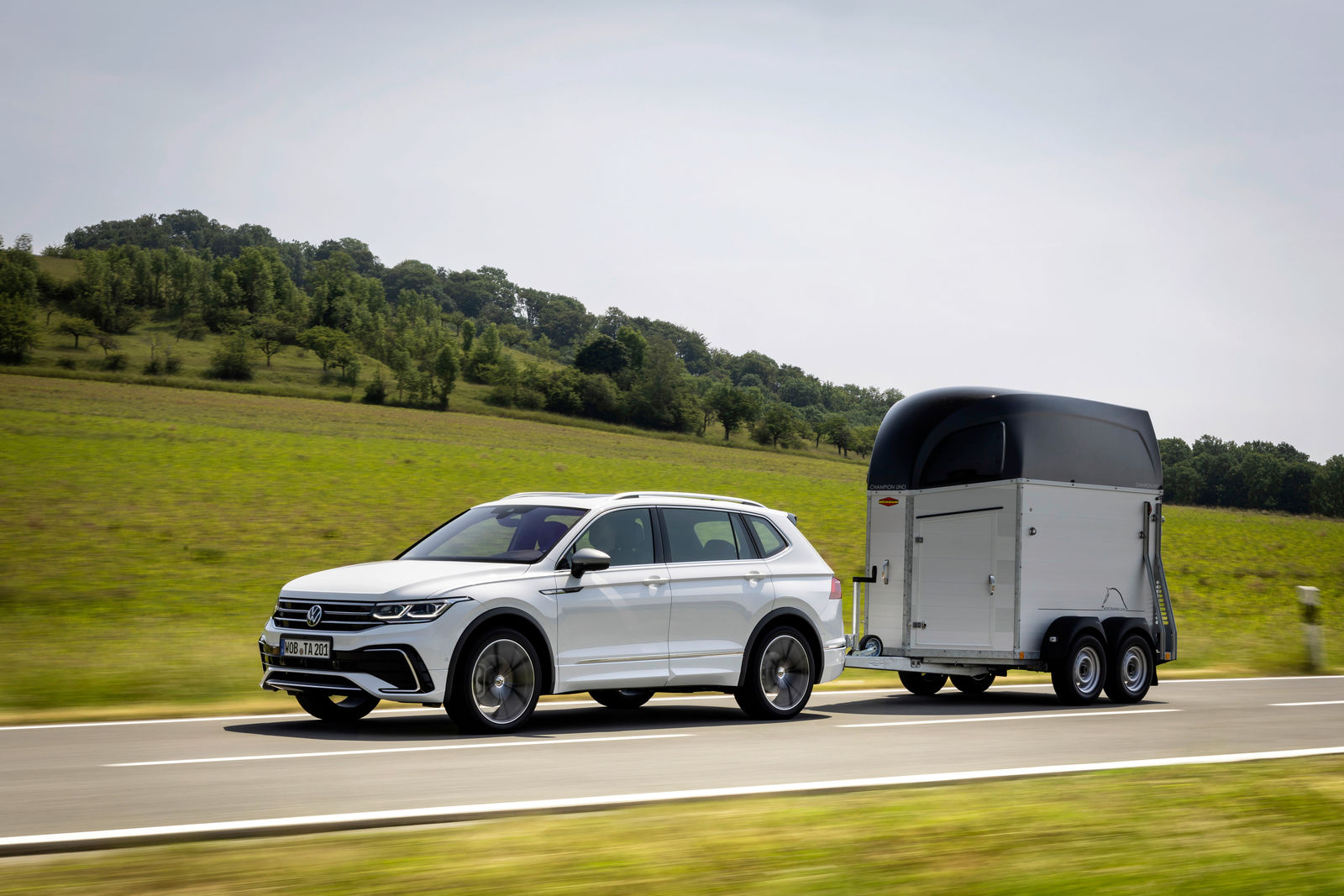- Top of the class: The Tiguan is the most successful model in the Volkswagen Group and the best-selling SUV in Europe
- Steady increase in production: Since the Tiguan made its debut in 2007, Volkswagen has increased annual production from 120,000 to just shy of 911,000 units
- 2,495 units per day: Last year a brand new Tiguan rolled off the production line every 35 seconds in one of Volkswagen’s factories in Germany, Russia, China and Mexico.
Tiguan: Global bestseller breaks the six million mark and has been the best-selling Volkswagen in 2019
A global bestseller sets another new record: in spring 2020, the Volkswagen Tiguan broke the production barrier of six million units. A total of 910,926 units of the SUV were manufactured in 2019 alone. This makes the Tiguan the best-selling car in the Volkswagen brand and Group. The versatile vehicle is available to buy in 80% of all countries on earth. It is the most successful SUV on the market in Europe. The Tiguan is one of the three most popular sport utility vehicles in the world. Volkswagen produces the top-selling model in four time zones across three continents.
First generation – first Tiguan updated
In spring 2011, Volkswagen unveiled a major technical and visual update at the Geneva Motor Show. By then, 700,000 units of the Tiguan had already been produced. The revamped design moved the Tiguan closer to the Touareg. The turbocharged engines became even more fuel-efficient, due in part to a start/stop system. Safety and comfort were enhanced with new technologies including the Lane Assist lane keeping system, the Dynamic Light Assist advanced main-beam control, and the XDS electronic differential lock. This update enabled the SUV to conquer the world with a vengeance, as the annual Tiguan volumes broke the 500,000 barrier for the first time. Some two million units of the second generation were manufactured between 2011 and late summer 2015 – production had almost trebled by comparison with the same period for the first generation.
Second generation – the all-new second Tiguan
The IAA in Frankfurt in September 2015 provided the stage for the world première of the new second-generation Tiguan. However, it was a case of revolution rather than evolution, as the Tiguan was now constructed using the Modular Transverse Toolkit (MQB) for the first time. And this technical platform changes everything. Increased dynamic proportions with axles moved further towards the outside provided the template for an authentic and energetic SUV design. The interior was considerably roomier owing to the extra wheelbase while, on the technical front, new assist systems including Autonomous Emergency Braking Front Assist and City Emergency Braking with Pedestrian Monitoring heralded the dawn of a new era in active safety. The second generation of the Tiguan arrived on the market in April 2016. At the same time, Volkswagen launched a global SUV campaign with the Tiguan as its centrepiece.
XL version of the second generation – stratospheric rise for Tiguan Allspace and friends
The product line was revamped again in 2017 with the debut of a second Tiguan – this time, an XL version with a wheelbase extended by 110 mm and bespoke front and rear ends. The SUV, available with either five or seven seats, was built at the Mexican plant in Puebla, while a separate version for China was produced at the Anting plant near Shanghai. In America, Volkswagen has sold the Tiguan of the second generation exclusively in its long-wheelbase version since 2017. In Europe and many other markets around the world, the new long-wheelbase model was launched as the Tiguan Allspace, which is also manufactured in Puebla. Volkswagen offers its Shanghai counterpart in China as the Tiguan L. The reason being that, parallel to the Tiguan L, the first generation of the product line was still available for some time in China as the “Tiguan”, which has since been replaced by the new Tharu.
Second generation with plug-in hybrid – the Tiguan L PHEV from China
In October 2018, Volkswagen expanded the range of powertrains for the product line in China with the new Tiguan L PHEV. The first Tiguan with a plug-in hybrid drive has an all-electric range of more than 50 kilometres, coupled with extremely low fuel consumption figures.
Four factories in four time zones – no barriers for the Tiguan
One in seven of the 6.18 million Volkswagen cars manufactured in 2019 was a Tiguan – a total of 910,926 vehicles, as outlined above. The annual Tiguan volumes have increased almost eightfold since the first full year of production. The top three markets for Tiguan deliveries to customers in 2019 were China (approx. 255,000 units), the USA (approx. 110,000 units) and Germany (approx. 85,000 units).
The Tiguan is currently manufactured at four Volkswagen plants spread across four time zones, thus ensuring almost round-the-clock production of the versatile SUV. The version with a normal wheelbase (NWB) is manufactured at Volkswagen’s main plant in Wolfsburg, Germany, for the markets in Europe, Africa, Asia and Oceania. The Kaluga plant, situated 170 kilometres south-west of Moscow, produces the NWB vehicles for the Russian market and for neighbouring Central Asian countries. In Shanghai, Volkswagen manufactures the Tiguan L (LWB) for the Chinese market. In the Mexican city of Puebla, the LWB versions of the Tiguan are produced for North and South America and – as the Tiguan Allspace – for countries in Europe, Africa, Asia and Oceania.
Update of the second generation – 2020 set to be a year of Tiguan news
Since 2007, the Tiguan has evolved from an SUV newcomer into one of the most successful sport utility vehicles in the world. During this period it has become one of the mainstays of the Volkswagen brand and Group. Volkswagen is preparing to launch the next chapter of the Tiguan success story with a major technical and visual update in 2020. One of the highlights will be a new additional variant with a plug-in hybrid drive (PHEV) for Europe. The countdown has already begun...
Design sketch: Preview of the new Tiguan
Media contacts


